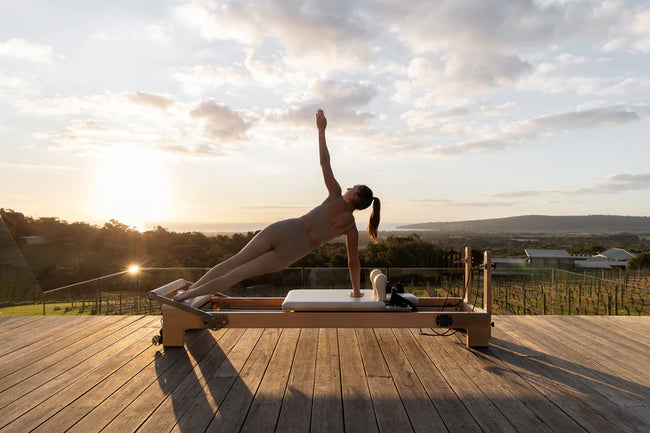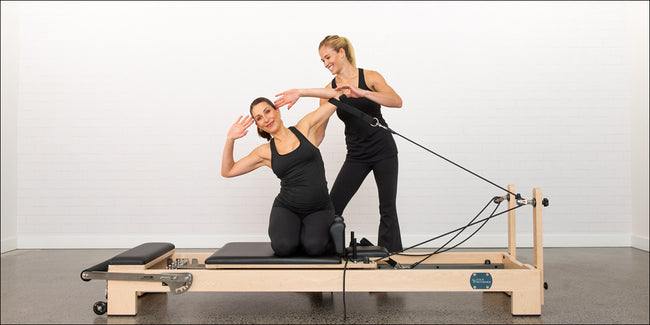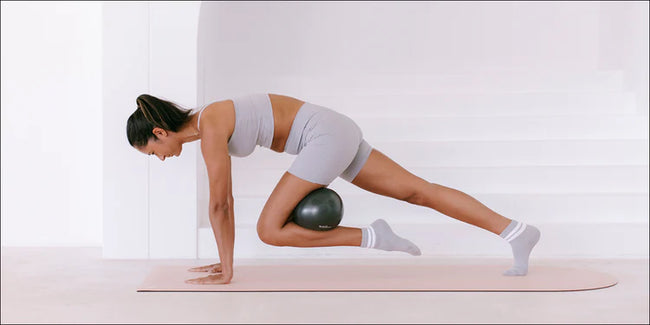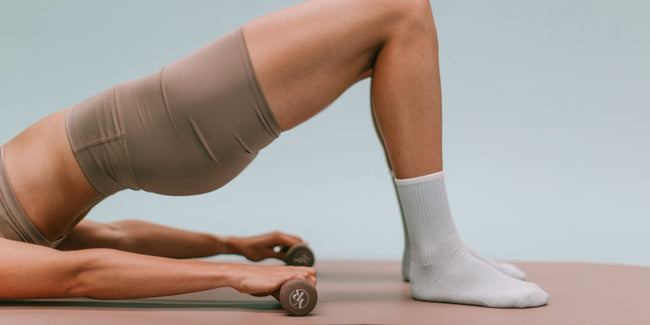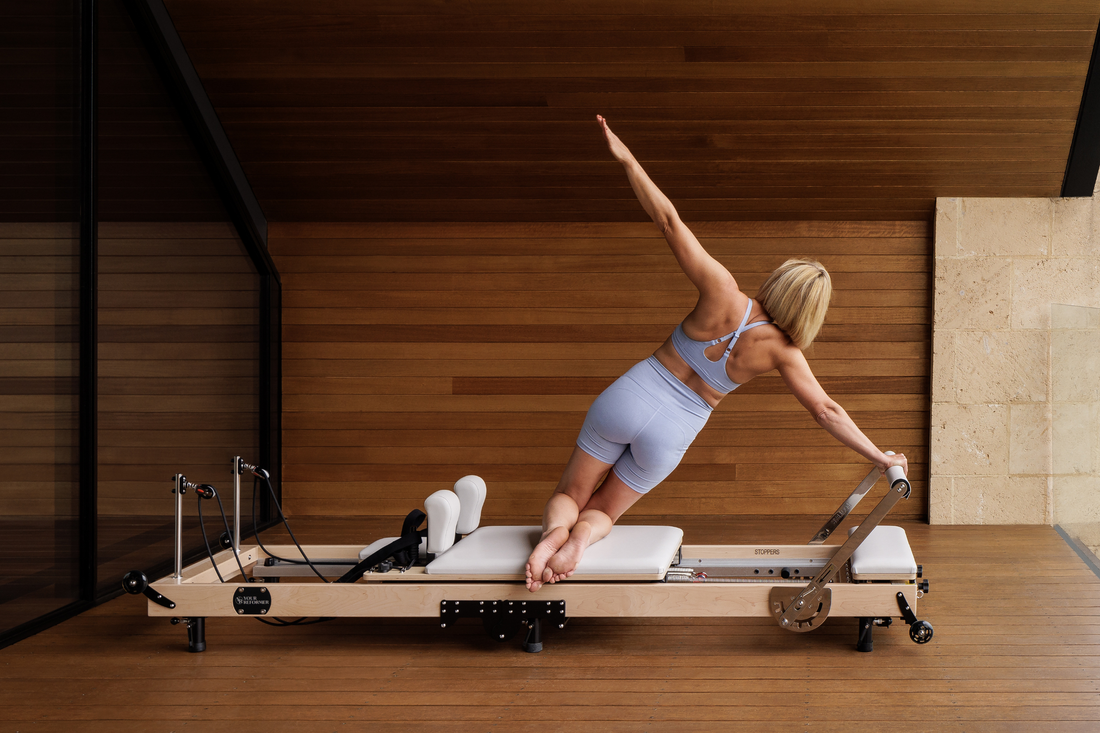Menopause is a natural life stage, but for many women it can feel overwhelming bringing changes to the body, energy levels, sleep patterns, and emotional wellbeing. The good news? Movement, strength training, and mindful practices like Pilates can help you navigate this transition with confidence.
What is Menopause?
Menopause marks the end of menstrual cycles and is officially diagnosed after 12 months without a period, usually between the ages of 45–55. This transition is influenced by a decline in oestrogen and progesterone, two hormones that play a vital role in regulating bone, muscle, and tissue health.
When oestrogen levels fall, women may notice:
- Reduced bone density – increasing the risk of osteoporosis and fractures
- Slower muscle repair – delayed recovery from workouts or injuries
- Changes in body composition – gradual loss of lean muscle
- Joint stiffness and pain – due to reduced lubrication and connective tissue changes
- Tendon and ligament vulnerability – making sprains, strains, or overuse injuries more likely
Menopause brings changes that are completely normal, but they show why it’s so important to keep moving with the right kind of exercise - safe, strengthening, and recovery-focused
How Can Pilates Support Women Through This Life Cycle?
Pilates provides a safe, effective way to manage the physical effects of menopause while supporting mental wellbeing. It bridges strength, stability, and mindfulness, qualities especially important when hormones are shifting.
- Builds bone density – resistance-based exercises help protect against osteoporosis
- Supports joint and tendon health – controlled, low-impact movement reduces stress on vulnerable tissues
- Improves core and pelvic floor function – essential for stability and posture
- Enhances recovery – mindful breathwork and gentle mobility sessions promote circulation and tissue repair
- Reduces injury risk – balance and spinal stability exercises help prevent falls and overuse injuries
By combining strength with control, Pilates empowers women to move with confidence and adapt to the unique challenges of the menopause transition.
What other things can you do to help during this time?
Alongside movement, there are many strategies to support health and reduce injury risk during menopause:
- Nutrition: Adequate calcium, vitamin D, and protein are crucial for bone and muscle repair.
- Sleep: Oestrogen changes can disrupt rest, so creating a calming bedtime routine supports recovery.
- Stress Management: Cortisol (the stress hormone) can compound hormonal shifts - mindfulness and breathwork help balance it.
- Professional Support: Bone density scans, tendon health checks, and personalised advice from a GP or physiotherapist are recommended.
- Gradual Progression: Avoid “all or nothing” exercise - consistent, moderate training helps protect tissues and supports long-term progress.
References
The Australasian Menopause Society. Understanding Menopause. Available at: https://www.menopause.org.au
North American Menopause Society. Menopause Practice: A Clinician’s Guide. 2023.
Harvard Health Publishing. Exercising Through Menopause. Available at: https://www.health.harvard.edu
Daly RM, et al. (2019). Exercise for the prevention of osteoporosis in postmenopausal women: An evidence-based guide to effective exercise strategies. Menopause, 26(8): 923–932.
National Institute on Aging. Menopause and Bone Health. Available at: https://www.nia.nih.gov

